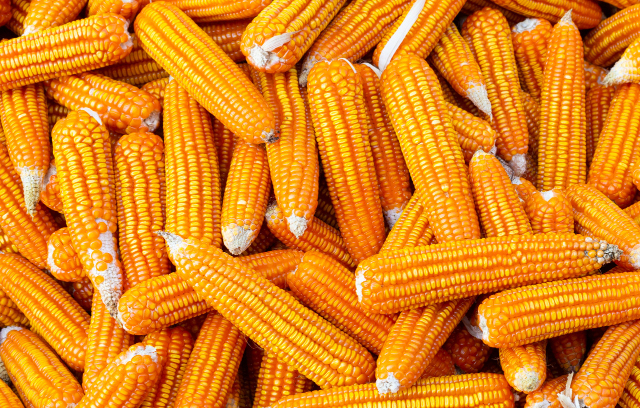Source: Ukragroconsult (Ukraine)
As reported by USDA data on March 13, the United States exported 2.7 million tons of corn to the European Union as of March 6, marking the 27th week of the 2024-2025 marketing year (running from September to August).
This amount represents an increase of more than 87 times compared to U.S. corn exports to the EU during the same weeks of the previous marketing year (2023-2024), when only 30,981 tons were shipped, according to USDA statistics.
Mary Kate Porat, a corn analyst with S&P Global Commodity Insights, commented, “Due to Ukraine’s decreased production in the 2024-2025 period, the EU has already sourced a record volume of U.S. corn, which has become a viable alternative.”
A source from Spain noted that the superior quality of U.S. corn has enhanced its competitiveness against Ukrainian corn, while favorable exchange rates have given it an edge over Brazilian corn.
On March 13, Platts, part of S&P Global Commodity Insights, evaluated FOB-Gulf corn at $210.73, reflecting a decline of 0.6% from the price of $210.73 per bushel on January 2. Conversely, prices for corn at FOB Santos increased by 6.6% during the same timeframe, rising to $212 per bushel.
In the marketing year 2024-2025, the EU ranks as the fourth largest market for U.S. corn, contributing to 9% of total exports, following Mexico, Japan, and Colombia. Historical USDA data shows that the EU’s share had not surpassed 1% in the past decade.
In response to the United States imposing new 25% tariffs on European steel and aluminum, the EU enacted countermeasures by introducing duties on imports from the U.S. on March 12. Additionally, the European Commission plans to let existing countermeasures against U.S. goods, which date back to 2018 and 2020 and amount to an estimated $28 billion – including corn – expire on April 1.
David Weiner, risk manager at Cargill, remarked on the Cargill Elevate podcast on March 12, “This situation is not favorable.”
Porat pointed out that Commodity Insights continues to predict an insignificant amount of U.S. corn exports to the EU for the remaining period of MY 2024-2025, despite the imposition of duties.
“This volume might easily shift direction if the EU prioritizes supplies from Ukraine,” Porat commented.
A Spanish trader remarked that the demand for corn is anticipated to decline as the need for less expensive wheat for cheese manufacturing increases.
“We’re uncertain about how to navigate this scenario,” the trader stated. “We anticipated price increases for viable alternatives like corn from Brazil and Ukraine, but that has not materialized.”
Joanna Colussi, a professor of agricultural economics and researcher at the University of Illinois at Urbana-Champaign, commented that the tariffs on U.S. corn could provide an opportunity for Brazil to imitate the events of 2018 concerning China’s tariffs.
“These tariffs might create a new opportunity for Brazil. Recall that in 2018, when the trade conflict began, Brazil was not a significant player. China opened its market to Brazil, and now Brazil has the chance to recreate that situation and gain more market share,” Colussi said during a March 13 webinar titled “South American Crop Season Update: Soybeans, Corn and Export Markets.”

